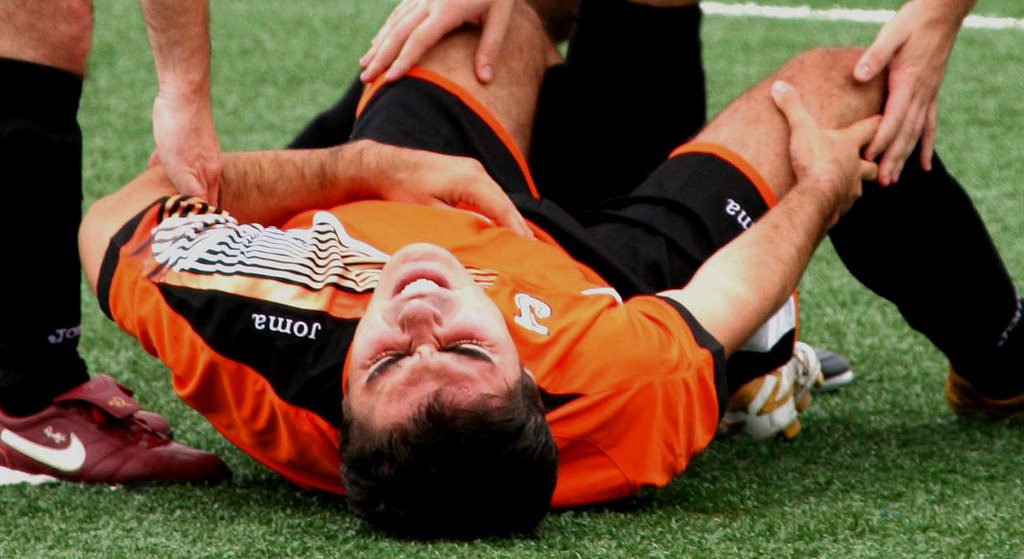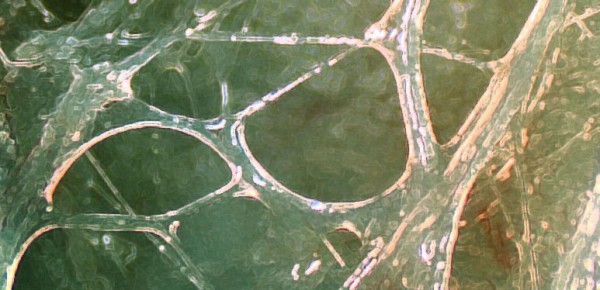Pain inhibition is not affected by exercise-induced pain
Pain is a complex process which involves the activation of central nervous system modulatory pathways that can attenuate or enhance the perceived pain via descending inhibitions or facilitations, respectively.
Following an injury, nociceptive signal is transmitted to the dorsal horn of the spinal cord along primary afferent fibres. The signal is mediated to the Central Nervous System, which leads to the processing of nociceptive or painful messages. Following, descending modulatory controls, the signal can be can be either elevated or attenuated.
Offset analgesia (OA) and conditioned pain modulation (CPM) are pain science concepts frequently used to describe two mechanisms of the pain modulation system.
CPM or “pain inhibits pain,” describes painful stimulus applied to a remote area of the body can inhibit the pain response of another stimulus. CPM can be demonstrated through the reduction of a painful primary stimulus (e.g., applying heat to an area) by a remote conditioning stimulus e.g., cold water immersion on another area).
OA is characterized as a disproportional pain reduction after a small decrease of a noxious stimulus, measured locally. OA can be demonstrated by a three-set of heat stimulus (called T1‐T2‐T3), with T1 (5 s) and T3 (20 s) having the same temperature (e.g., 48 °C) and T2 (5 s) being slightly higher (1 to 3 °C warmer). OA is the disproportional pain reduction caused by the slight temperature decrease from T2 to T3. These two concepts process nociceptive information differently.
The pain modulation (assessed via CPM and OA) of people with chronic pain disorders (such as low back pain) has been observed to often be impaired. However, the influence of acute pain has not yet been adequately examined. It is hypothesised that manual therapy elicits analgesic effects via the descending pain modulation mechanism.
As there are confounding factors in acute or chronic pain, such as psychological, cognitive, and social aspects, these interdependent pain modulation factors cannot be exclusively assessed. But, experimentally induced pain experiments can be useful in helping understand individual mechanisms within the overall pain response.
A study investigated OA and CPM after exercise-induced pain, especially the effect of delayed-onset muscle soreness (DOMS) at a local or remote body site.
Forty-two healthy adults were invited to 3 separate examination days: a baseline appointment, the consecutive day, and a week later. Participants were randomly divided into a rest (n = 21) and an exercise group (n = 21). The exercise group performed a single intensive exercise for the lower back. Before, immediately after, and on the following examination days, OA and CPM were measured at the forearm and the lower back by a blinded assessor.
This study evaluated the effect of exercise-induced pain on the magnitude of OA and CPM, measured both locally and remotely. Before the intervention, endogenous pain modulation was demonstrated at the forearm as well as at the lower back. Exercise induced a moderate pain perception and mild delayed-onset muscle soreness on the following day However, experimentally induced DOMS did not affect OA or CPM significantly when compared with a control condition.
Pain modulation measurements were unaffected at the exercised, painful local area (lower back), and at the distant measurement site (forearm).
The authors concluded that delayed-onset muscle soreness (i.e., acute pain) did not affect the inhibitory pain modulation system, either locally (at the painful body part), or remotely. Thus, OA and CPM effects probably require more intense, different, or prolonged pain than was found in a single session of exercise induded DOMS in order to be significant effects on pain modulation.
This finding might bring into question of whether a single session of massage therapy’s observed effect on pain is due to these these pain modulation mechanisms (since they were not seen to have an effect in this similarly short-term experimental context), or, whether they might depend on other mechanisms or variables not included in this study.



